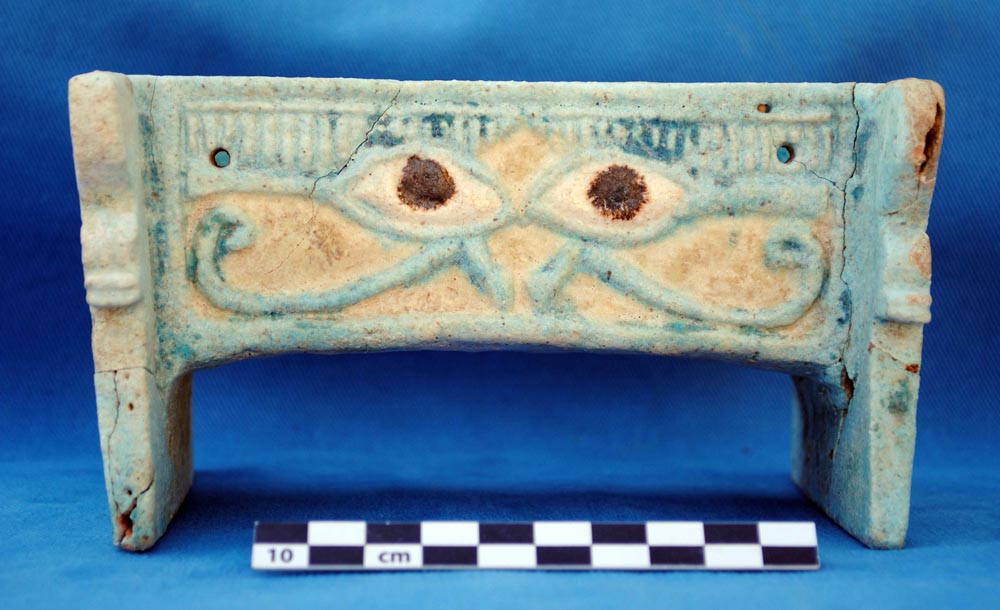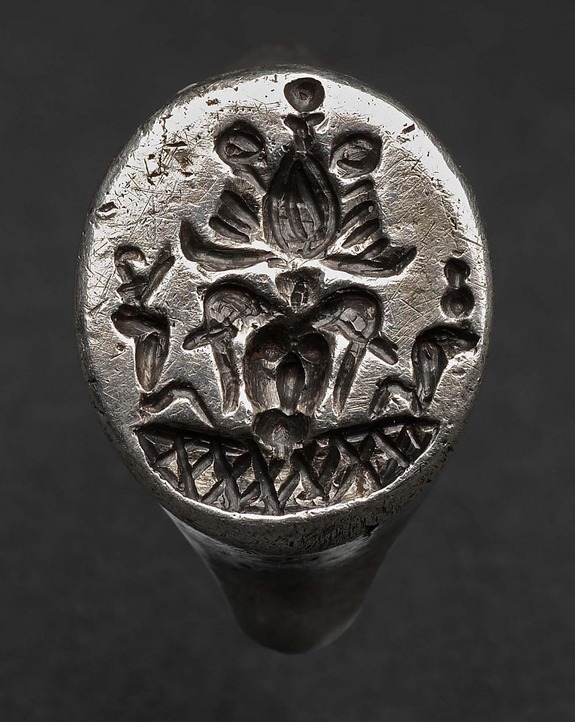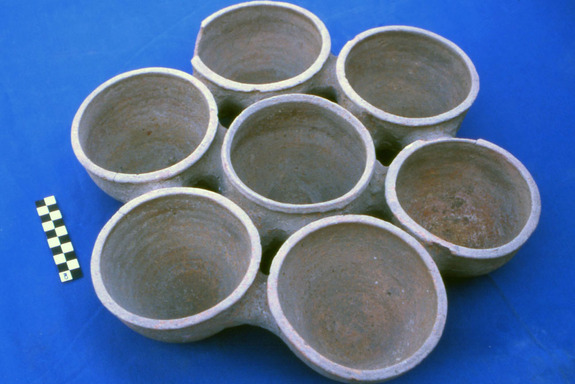
|
|||
2000 years old Ancient treasure found in Nile cemetery including 'Evil Eye' Box - Unexplained Mysteries
See more at: http://www.livescience.com/47306-nile-river-cemetery-discovered.html
Archaeologists excavating several 2,000-year-old tombs have discovered a host of valuable artifacts. The cemetery itself is located in Sudan near the Nile river and dates back to a time when the region was part of the Kingdom of Kush which for centuries covered a large part of Africa and stretched as far north as Roman-contolled Egypt. Excavations of the tombs beneath the cemetery have revealed a number of artifacts including an engraved silver ring and a faience box decorated with protective eye symbolism. Despite the fact that the Kushites constructred hundreds of pyramids, in this case there are no signs of such structures either above the tombs or in the area surrounding the cemetery. One of the tombs contained an unusual "party tray" consisting of several conjoined bowls. "It's very unique, and we don't have any kind of similar object found anywhere else," said archaeologist Mahmoud Suliman Bashir. "It can be used for food. You can put seven different items in one place." Another tomb, which is thought to have belonged to an archer, contained several arrowheads and a special stone ring known as an "archer's loose" which was based on Apedemak, the God of War. 
The cemetery dates back to a time when a kingdom called Kush flourished in Sudan. Based in the ancient city of Meroe (just south of Dangeil) Kush controlled a vast territory; its northern border stretched to Roman-controlled Egypt. At times, it was ruled by a queen. Although the Kushites built hundreds of pyramids, this particular cemetery contains no structures on the surface; the tombs are underground.  "As of now, we don't know exactly the size of the cemetery," Mahmoud Suliman Bashir, an archaeologist with Sudan's National Corporation for Antiquities and Museums (NCAM), said in an interview with Live Science. NCAM has been working with the British Museum to excavate the cemetery, and the two organizations recently published an online book, called "Excavations in the Meroitic Cemetery of Dangeil, Sudan" (Berber-Abidiya Archaeological Project, 2014), describing their findings. "The funerary tradition of the Kushites demonstrates a widespread belief in life after death. This is why goods and foods usually accompanied the corpse," Bashir and Julie Anderson, an assistant keeper at the British Museum, wrote in their book. "These items were needed to sustain and provide for the individual in the afterlife." Treasures for the afterlife The team has discovered a wide range of goods meant to aid the deceased in the afterlife, including several large jars that originally contained beer made of sorghum. In one tomb, they found a silver ring with an image of a horned deity. The ring was conserved and cleaned at the British Museum, and its scholars believe the ring depicts the god Amun, who, in the kingdom of Kush, was often shown with a head that looks like a ram. A temple to Amun dating to the same time period as the cemetery is located in Dangeil. Ancient officials used rings like this to create seal impressions in pottery, Bashir said, adding that examples made of silver are rare. The tombs in the cemetery yielded other treasures, including a faience box, decorated with what the ancient Kushites and Egyptians called "udjat" eyes — "a well-known tradition in Egypt," Bashir said, noting that the Kushites also made use of them. "It had a kind of ritual role to [protect] from the evil eye," Bashir said.  In the cemetery archaeologists also found an interesting "party tray," which consists of seven bowls attached together; six of the bowls surround another bowl in the middle. "It's very unique, and we don't have any kind of similar object found anywhere else," Bashir said. "It can be used for food. You can put seven different items in one place." An archer's burial One tomb yielded arrowheads and the remains of a man wearing a stone ring (also called an archer's loose) on his thumb. "Thumb rings are well-known objects associated with archery, being used to draw back the bowstring," Bashir and Anderson wrote in their book. In Kush, archery played an important role in society, with its kings and queens depicted wearing stone rings on their thumbs, Bashir and Anderson wrote. The Kushite god Apedemak, the lion-headed "god of war," was also depicted as an archer, Bashir said. comments powered by Disqus Submit News/Videos/Links | Discuss article | Article Link | More Unsolved and Unexplained Mysteries |
More can be addded on request. Direct your requests at vinit@theunexplainedmysteries.com